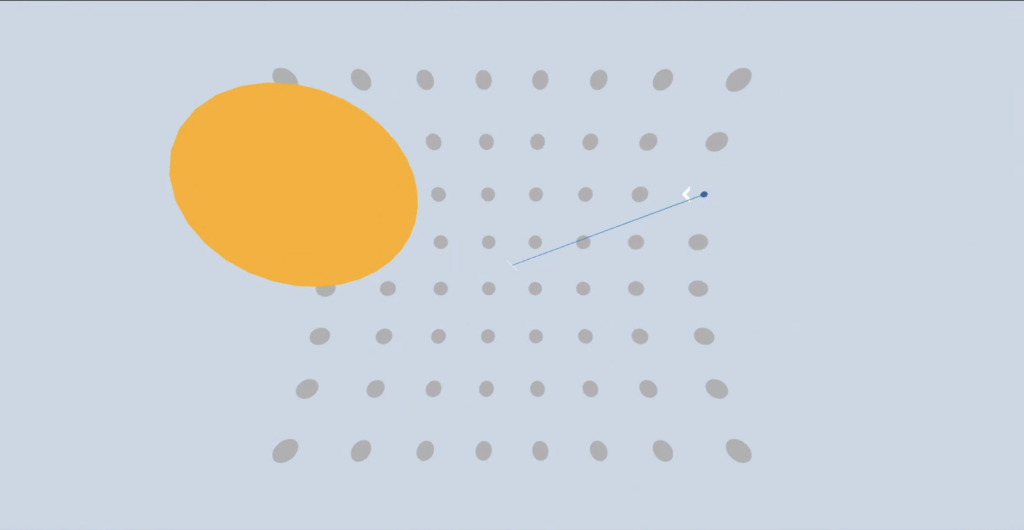
Performance models of interaction, such as Fitts’ Law, are important tools for predicting and explaining human motor performance and for designing high-performance user interfaces. Extensive prior work has proposed such models for the 3D interaction task of distal pointing, in which the user points their hand or a device at a distant target in order to select it. However, there is no consensus on how to compute the index of difficulty for distal pointing tasks. We present a preliminary study suggesting that existing models may not be sufficient to model distal pointing performance with current virtual reality technologies. Based on these results, we hypothesized that both the form of the model and the standard method for collecting empirical data for pointing tasks might need to change in order to achieve a more accurate and valid distal pointing model. In our main study, we found that a high level of fit could be achieved by using a simple angular form of the index of difficulty when using an experimental method in which each pointing task is independent.
